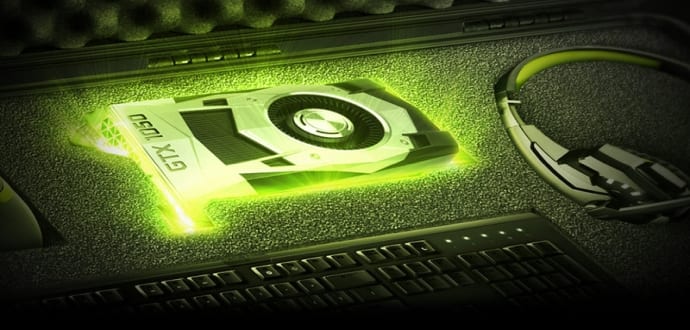Nvidia launches affordable GeForce GTX 1050 and 1050 Ti gaming cards
Nvidia today released two new graphics cards, the GeForce GTX 1050 and GeForce GTX 1050 Ti for budget gamers. The GeForce GTX 1050 Ti is expected to cost $139 when it launches on October 25, 2016 and the GTX 1050 will be available for just $109 when it releases on November 8, 2016. At these prices, the GTX 1050 and GTX 1050 Ti are in direct competition with AMD’s RX 460, which costs $99 for a 2GB version and $129 for a 4GB version.
“We’re adding two new gaming GPUs to our award-winning lineup of NVIDIA-Pascal based GPUs — the GeForce GTX 1050, starting at $109, and the GTXD 1050 Ti, starting at $139. Both will let you play your favorite games at a smooth 60 frames-per-second. Built on the same Pascal architecture as the most advanced GPUs in the world, the GTX 1050 and 1050 Ti let new PC gamers discover why GeForce delivers the best gaming experiences. These GPUs are a great choice for new gamers”, says Justin Walker, Product Manager for GeForce desktop GPUs, Nvidia.
Walker further says, “out of the box the GTX 1050 and 1050 Ti are both blazing fast, with the GTX 1050 Ti on average 40 percent faster and more than 128 percent more power efficient than the closest competitive product at stock speeds, demonstrating again the prowess of our Pascal architecture and GeForce GTX lineup. And upgrading to the GTX 1050 or 1050 Ti couldn’t be any easier. Neither need an external power connector. Yet both deliver unheard of levels of performance and power efficiency for this class of product. Just plug in the card, install our GeForce Experience software, click a button to optimize game settings and game on”.
While both the cards are largely identical, there are however a few noticeable differences. While the 1050 has 2GB of GDDR5 memory and 640 cores, the 1050 Ti has 4GB of GDDR5 memory and 768 CUDA cores. According to NVIDIA, both the cards are powerful enough to run modern games at 1080p and 60 FPS (frames per second). However, neither card supports virtual reality platforms.
You can check out the full specs of the two cards here.

